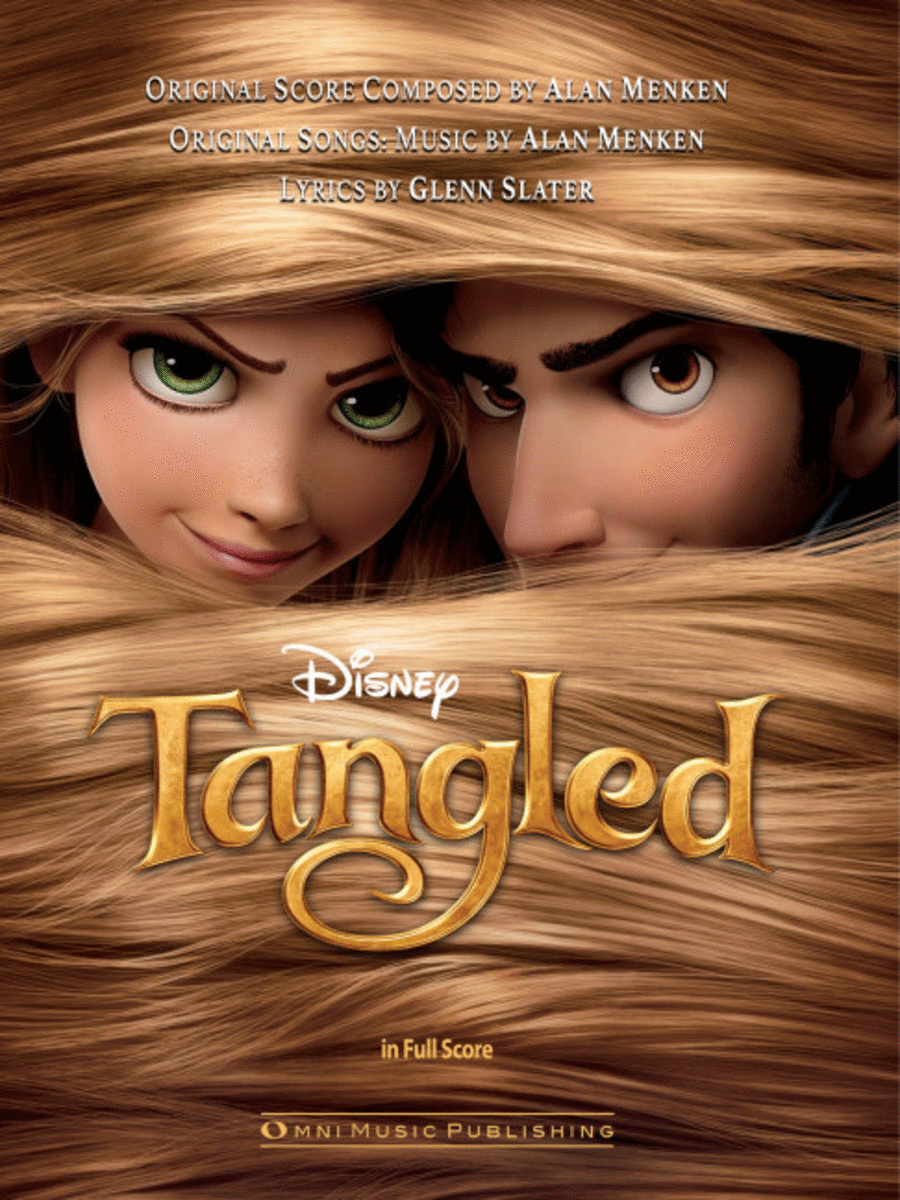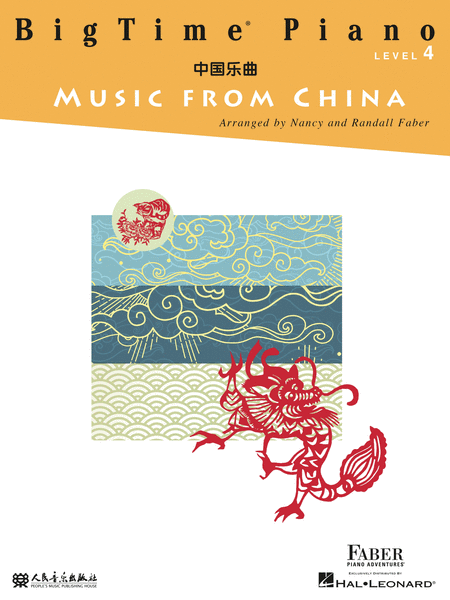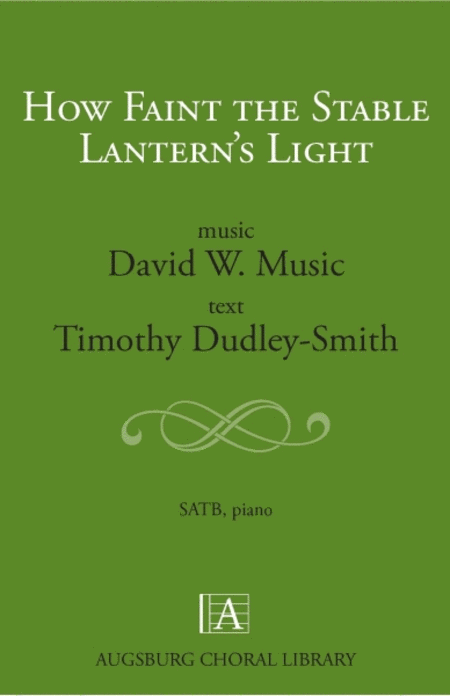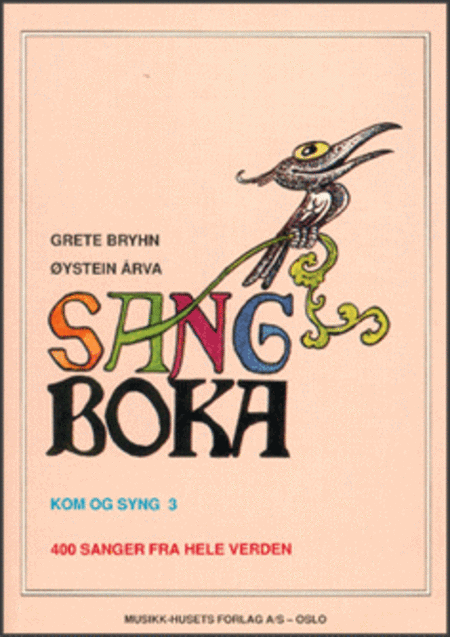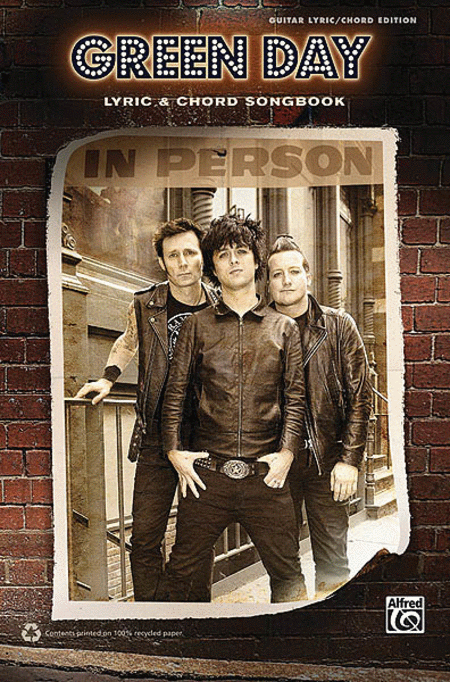Band Bass Clarinet, Bass Drum, Bassoon, Bells, Clarinet 1, Clarinet 2, Crash Cymbals, Euphonium, Euphonium T.C., Finger Cymbals, Flute, Flute 2, Horn, Mallet Percussion, Mark Tree, Oboe, Percussion 1, Percussion 2, Snare Drum, Suspended Cymbal and more. - Grade 2
SKU: CF.YPS249F
Three Persian Folk Songs. Composed by Michael J. Miller. Yps. Full score. 20 pages. Duration 3 minutes, 29 seconds. Carl Fischer Music #YPS249F. Published by Carl Fischer Music (CF.YPS249F).
ISBN 9781491161883. UPC: 680160920563.
By Lantern's Light is a medley of Persian folk songs. The songs come from a collection for voice and piano by Clair Fairchild in his Twelve Persian Folk Songs published by Novello and Company, London, 1904. Fairchild's goal was to capture the spirit and ambiance of Persia's music and musicians. Fairchild took special care to preserve their authenticity by limiting western harmony. Such is also the case in this setting for concert band. Special attention should be given to replicate songlike phrasing of the melodic lines and the rhythmic integrity and style of the accompaniment. Conductors are encouraged to take liberties with dynamics and articulations to help performers play expressively. There are many inflections that exist beyond what is printed on the page. For example, the reeds might subtly shape the rhythmic accompaniment in m. 6-7, as might the trumpets with the melody in m. 18. In. m. 23, the wind musicians other than the trumpets are a part of the rhythm section with the percussion. These rhythms should fit together nicely to create a steady cadence. The melodic statements beginning at m. 35 should be carefully balanced to speak evenly throughout the various voices. If an oboist is not available, the solo in m. 57 has been cued in the alto saxophone.
By Lantern's Light is a medley of Persian folk songs. The songs come from a collection for voice and piano by Clair Fairchild in his Twelve Persian Folk Songs published by Novello and Company, London, 1904. Fairchild's goal was to capture the spirit and ambiance of Persia's music and musicians. Fairchild took special care to preserve their authenticity by limiting western harmony. Such is also the case in this setting for concert band. Special attention should be given to replicate songlike phrasing of the melodic lines and the rhythmic integrity and style of the accompaniment. Conductors are encouraged to take liberties with dynamics and articulations to help performers play expressively. There are many inflections that exist beyond what is printed on the page. For example, the reeds might subtly shape the rhythmic accompaniment in m. 6-7, as might the trumpets with the melody in m. 18. In. m. 23, the wind musicians other than the trumpets are a part of the rhythm section with the percussion. These rhythms should fit together nicely to create a steady cadence. The melodic statements beginning at m. 35 should be carefully balanced to speak evenly throughout the various voices. If an oboist is not available, the solo in m. 57 has been cued in the alto saxophone.
By Lanternâs Light is a medley of Persian folk songs. The songs come from a collection for voice and piano by Clair Fairchild in his Twelve Persian Folk Songs published by Novello and Company, London, 1904. Fairchildâs goal was to capture the spirit and ambiance of Persiaâs music and musicians. Fairchild took special care to preserve their authenticity by limiting western harmony. Such is also the case in this setting for concert band. Special attention should be given to replicate songlike phrasing of the melodic lines and the rhythmic integrity and style of the accompaniment. Conductors are encouraged to take liberties with dynamics and articulations to help performers play expressively. There are many inflections that exist beyond what is printed on the page. For example, the reeds might subtly shape the rhythmic accompaniment in m. 6-7, as might the trumpets with the melody in m. 18. In. m. 23, the wind musicians other than the trumpets are a part of the rhythm section with the percussion. These rhythms should fit together nicely to create a steady cadence. The melodic statements beginning at m. 35 should be carefully balanced to speak evenly throughout the various voices. If an oboist is not available, the solo in m. 57 has been cued in the alto saxophone.
Publisher : Carl Fischer $11.00 - See more - Buy online
$11.00 - See more - Buy online
 (AMERICAN COMPANY)
(AMERICAN COMPANY) 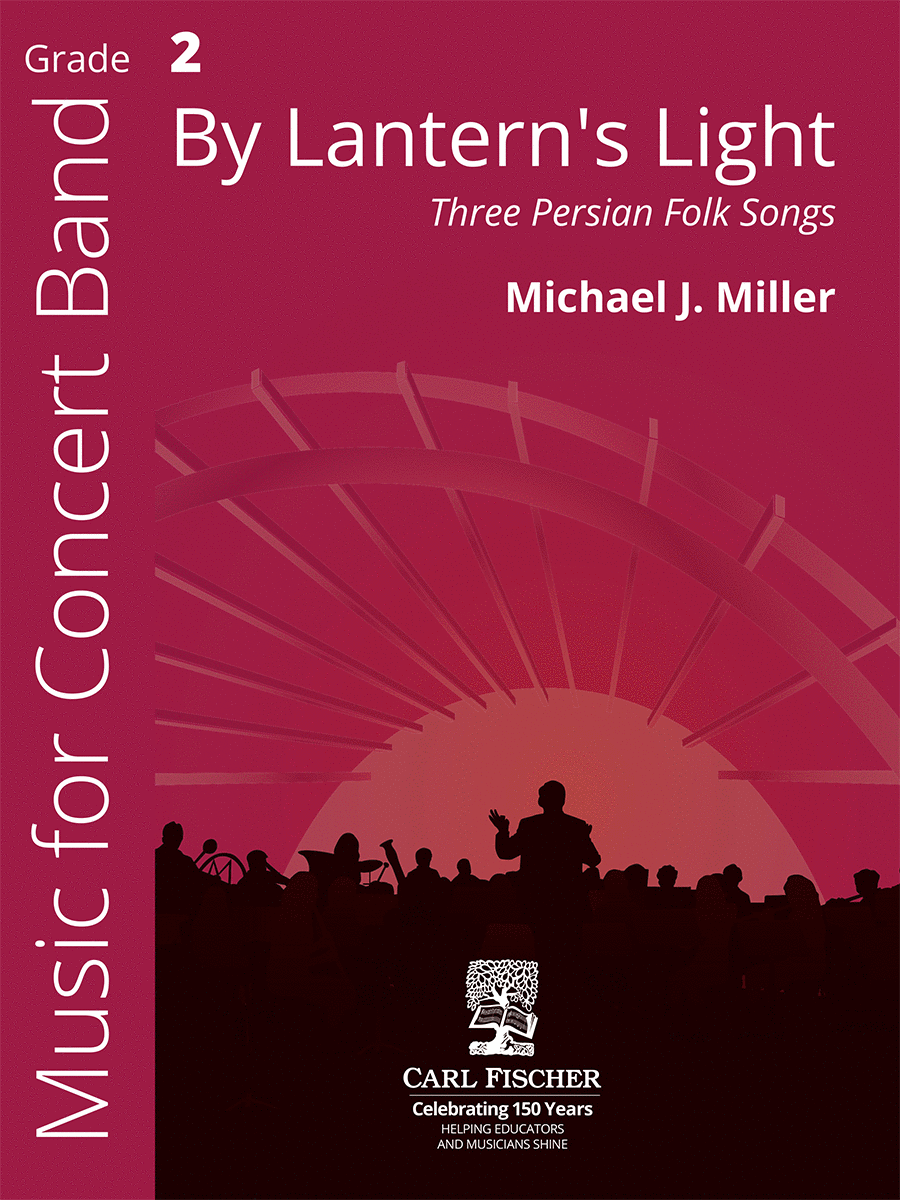

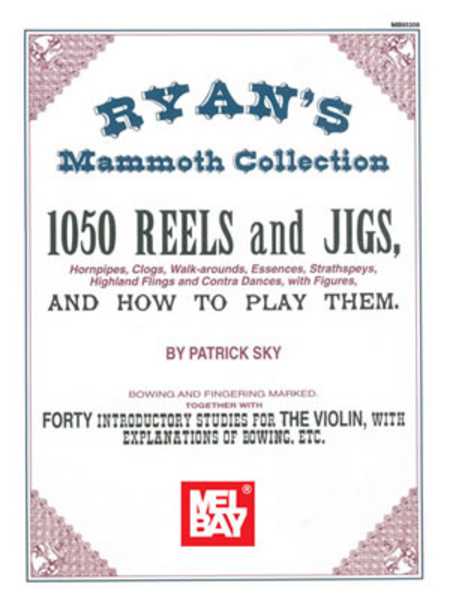

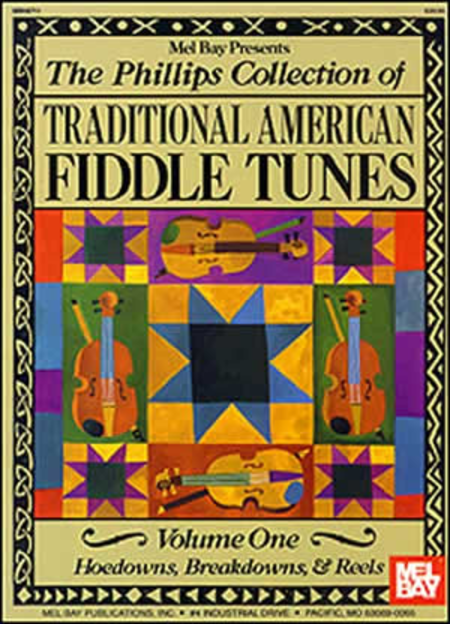
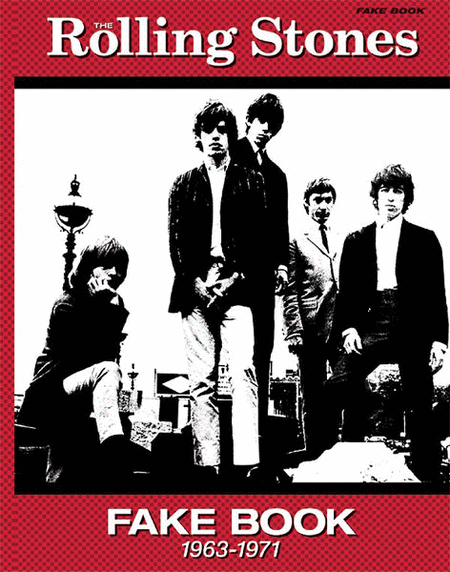


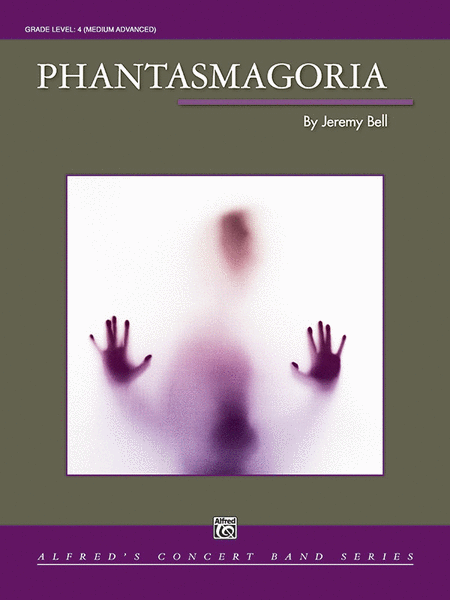
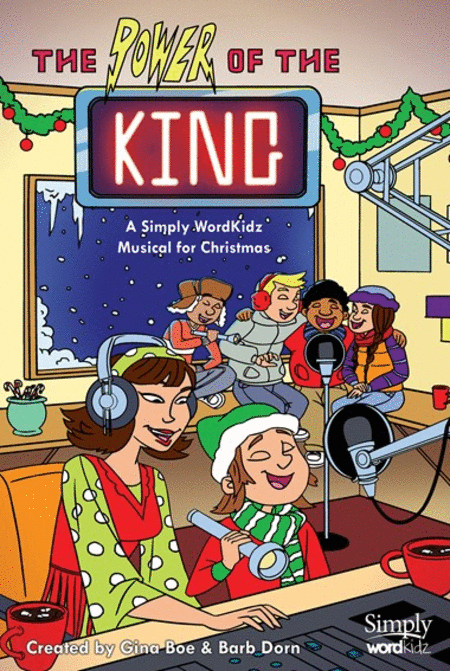
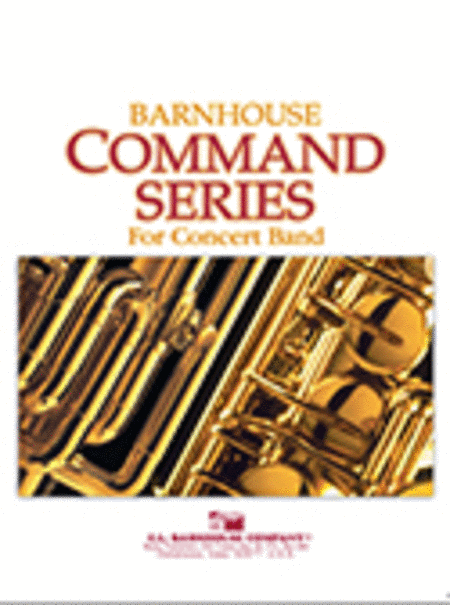
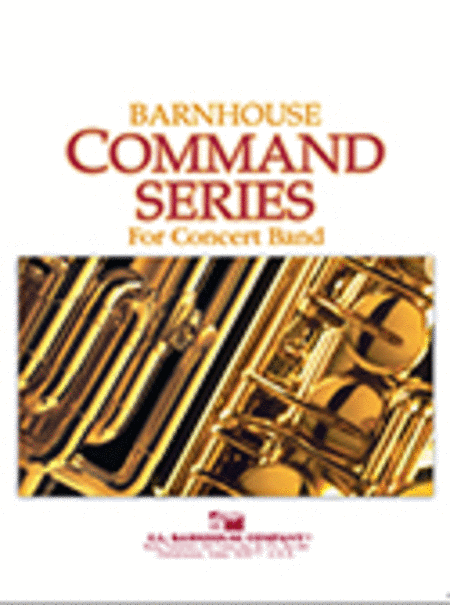

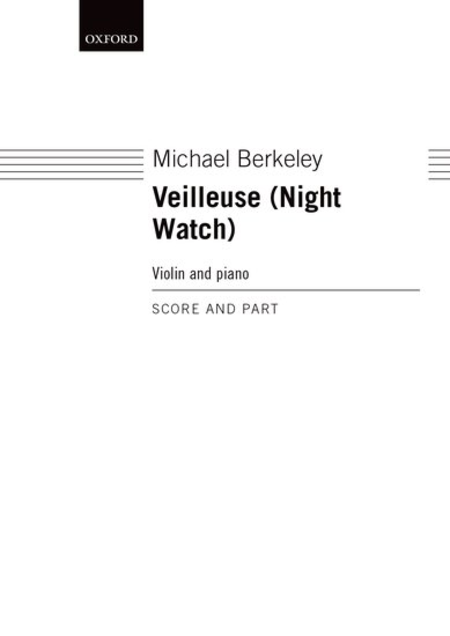
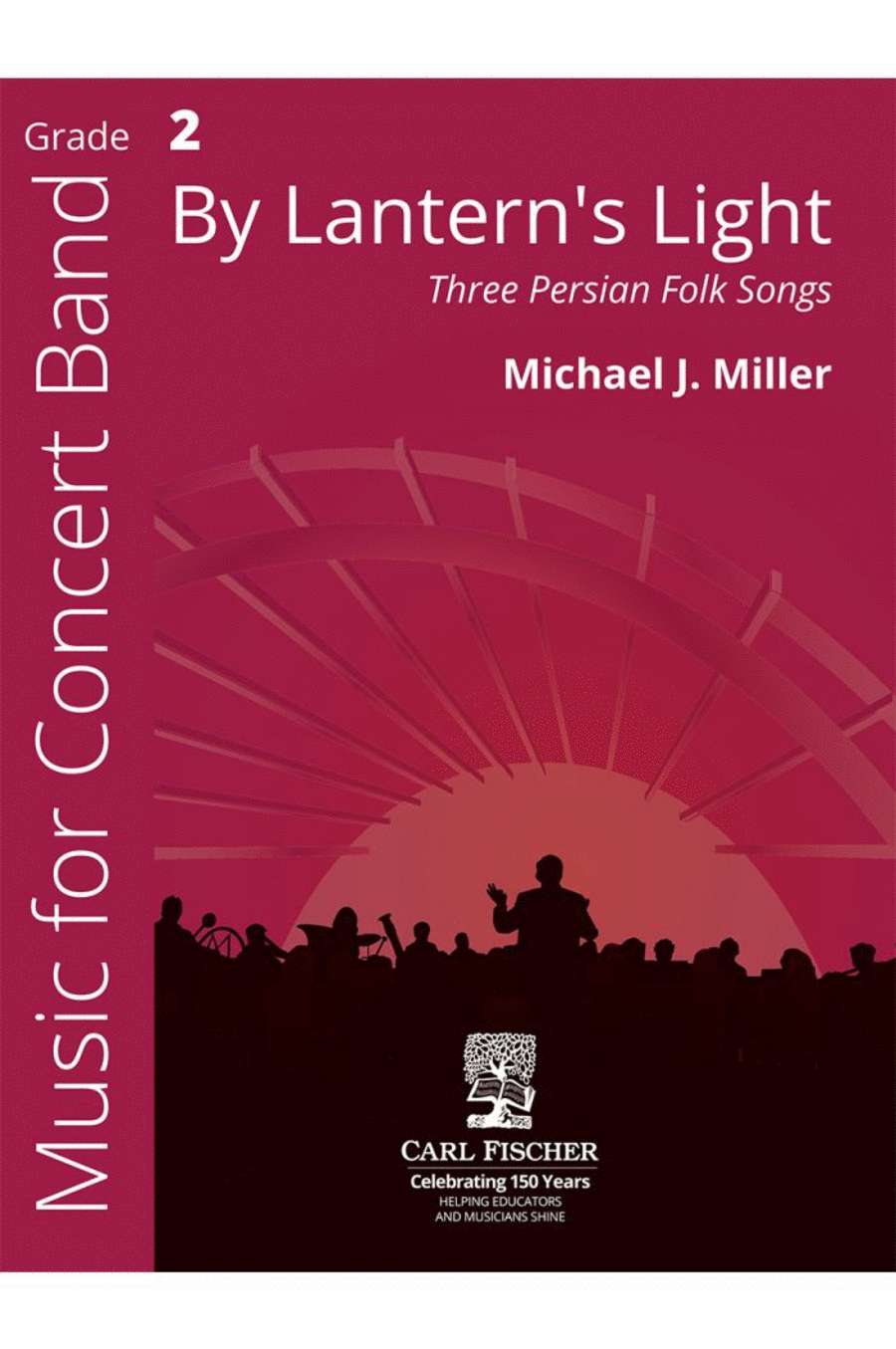
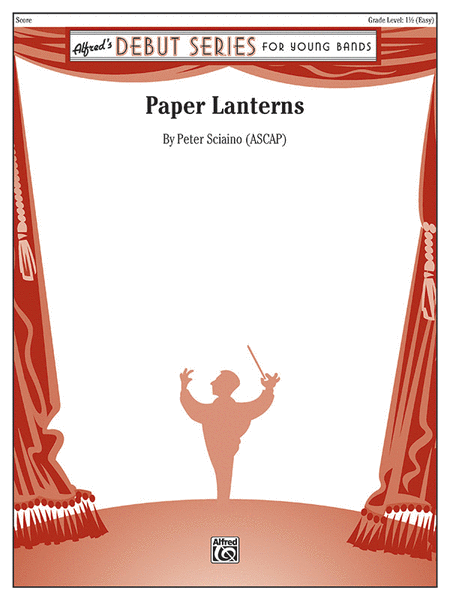
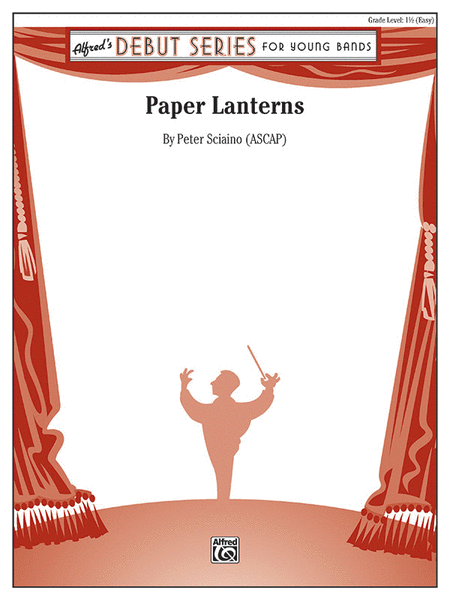
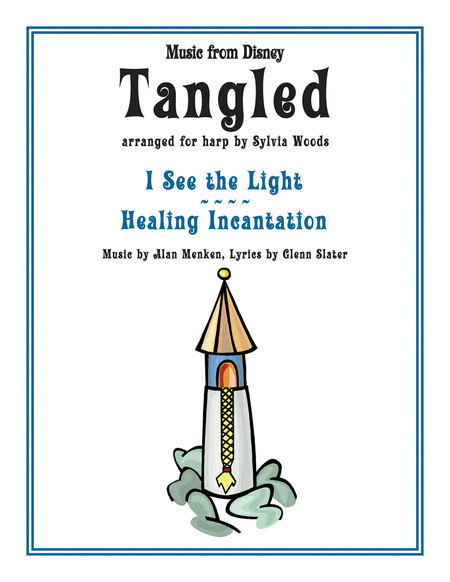

 Guitar; Unison Choir (Guitar)
Guitar; Unison Choir (Guitar) 